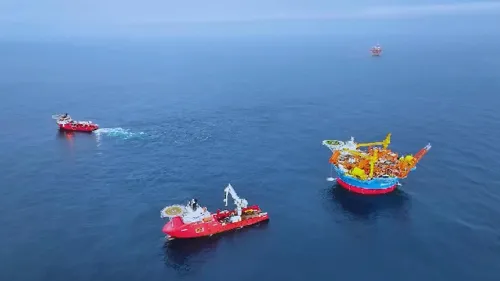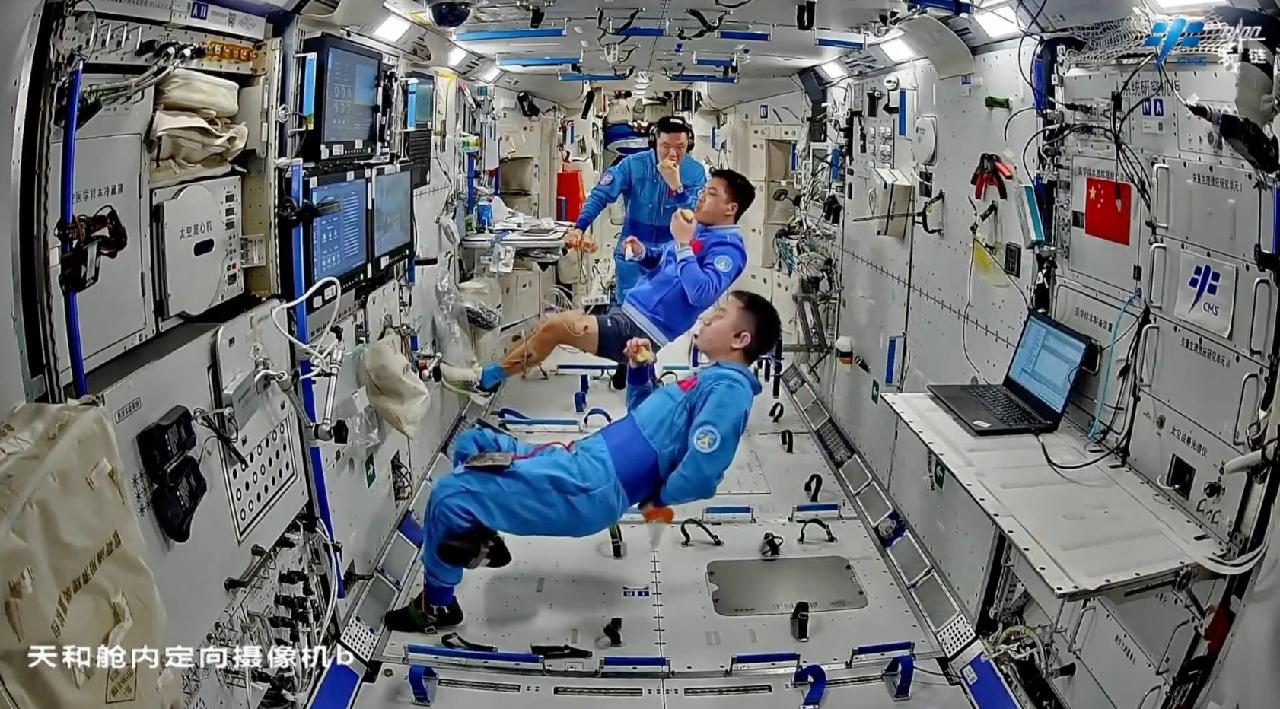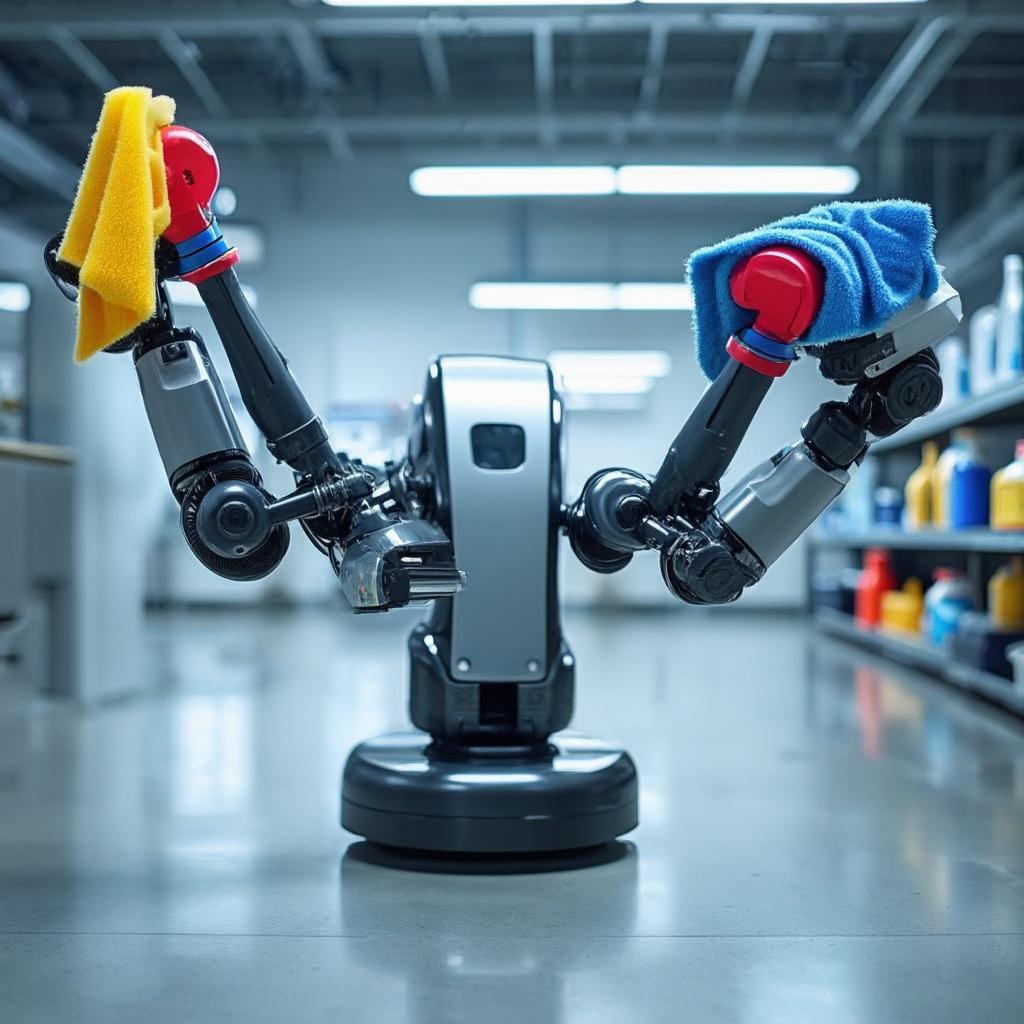China Innovates Deepwater Oil and Gas Extraction Model

China has unveiled a groundbreaking innovation in the realm of deepwater oil and gas extraction, marked by the recent deployment of two offshore facilities, Haikui No. 1 and Haiji No. 2, in the Pearl River Mouth Basin. This strategic development, situated approximately 240 kilometers southeast of Shenzhen City, is poised to enhance the efficiency of energy production in the region.
The facilities are noteworthy for their scale and capabilities. Haikui No. 1 distinguishes itself as Asia's first cylindrical floating oil-gas production, storage and offloading (FPSO) facility, while Haiji No. 2 is recognized as the largest deepwater jacket structure in Asia, both contributing to a significant boost in offshore oil and gas extraction.
Haiji No. 2 is tasked with extracting crude oil directly from the seabed, whereas Haikui No. 1 plays a critical supportive role, providing power to Haiji No. 2 and managing the intricate processes of production, storage, and offloading of oil and gas.
"This innovative extraction model has the potential to significantly increase recovery rates and prolong the operational lifespan of oil fields by nearly 30 years," stated Yu Hongkun, a production manager involved in the oilfield operations. This development offers a promising avenue for the optimized advancement of China's deepwater oil and gas fields.
The creation of these facilities is a product of China's largest offshore oil producer, the China National Offshore Oil Corporation (CNOOC), and forms a key part of the secondary development initiatives for the Liuhua Oilfield.
Haikui No. 1, which weighs approximately 37,000 tonnes and stands nearly 30 stories tall, is capable of storing up to 60,000 tonnes of oil. This impressive FPSO has the capacity to operate uninterrupted at sea for a period of 15 years without requiring a return to the dock.
Haiji No. 2 also holds impressive credentials, measuring 428 meters in height and weighing over 50,000 tonnes, setting new Asian records for structural height, weight, operational depth, and construction speed, thereby underscoring China's engineering advancements in maritime oil extraction.
(CGTN's Peng Yuhan contributed to the story.)
Read These Next

Autonomous Vehicles Revolutionizing Remote Logistics
The commentary discusses the recent integration of autonomous vehicles into the logistics sector in Tibet, emphasizing their technological advancements and practical applications.

Shenzhou-18 Taikonauts Health Strategies for Space Living
Shenzhou-18 crew uses advanced countermeasures to prevent muscle atrophy and bone loss during their six-month mission in space.

ZhuiMi's Dual-Arm Robot Boosts Cleaning Efficiency
The commentary discusses the significance of ZhuiMi Technology's upcoming dual-arm cleaning robot, emphasizing its integration of AI-driven operational logic and its potential impacts on efficiency in cleaning tasks.
